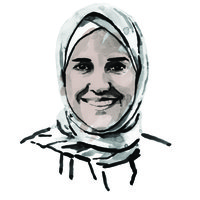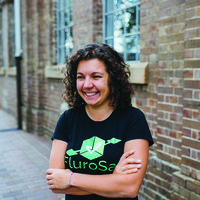Energy & sustainability
Jinxing Zheng
Exploring controllable nuclear fusion technology to solve the global energy problem

Global
Ghena Alhanaee
Heavy dependence on infrastructure like oil rigs, nuclear reactors, and desalination plants can be catastrophic in a crisis. Her data-driven framework could help nations prepare.

Global
Anastasia Volkova
Her platform uses remote sensing and other techniques to monitor crop health—helping farmers focus their efforts where they’re most needed.

China
Chong Liu
Extracting substantial mineral resources from the ocean

China
Yang Jin
Developed a new lithium metal battery system
